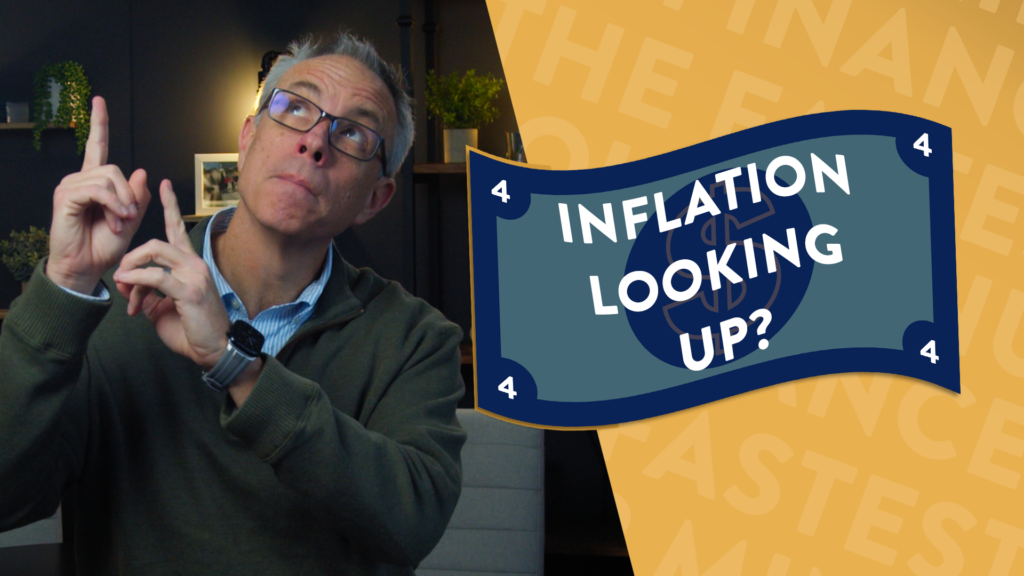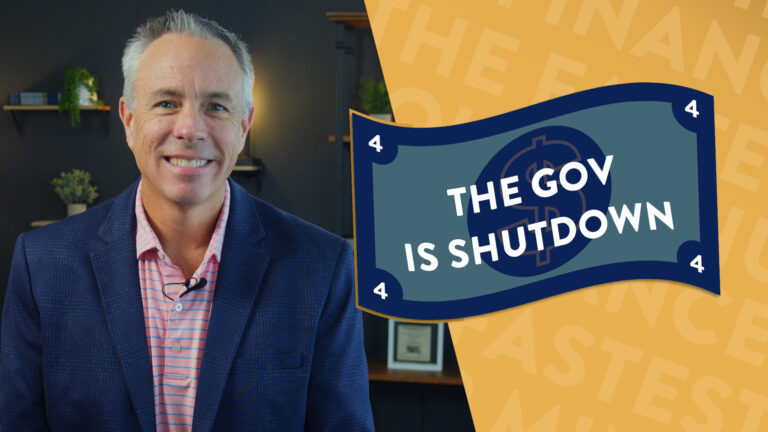Latest Inflation Data
Prices continued to creep higher in January, at a little stronger pace than economists and investors were expecting. From January, 2024, to January of this year, Consumer prices rose 3%. That’s up from 2.9% the previous month. That is the measurement of the CPI, which stands for the Consumer Price Index. It is the broadest measure of inflation and includes more volatile prices like that of food and gas.
Food and Gas Price Surge
In fact, that’s what drove much of the price surge. Egg prices leapt 15.2%, but that has been blamed on a bird-flu outbreak. Bacon jumped 4.1%. Gas prices were up 1.8%. According to Triple-A, regular unleaded is averaging 3.14% a gallon nationwide, up from $3.06.
Month-over-month CPI was up .5%, the largest jump since August, 2023.
Market Reaction and Fed Outlook
The stock market stumbled out of the gate as investors digested the inflation data, and began to speculate what it means for the two planned interest rate cuts the Federal Reserve had forecast for this year. The data may sway the Fed to delay cuts again, and the market wants those rates down.
Historical Inflation Perspective
But, is the inflation data much to worry about?
As we’ve stated many times on the Fastest 4, even though the Fed wants an inflation rate of 2%, even at 3%, inflation is at the historical average. It’s not high.
What is high is the cumulative effect over the past 4 years. According to a report from USA Today, prices are about 20% higher now, than before the COVID-19 pandemic.
Wages vs Inflation Trends
When prices began spiking in 2021, it put serious pressure on consumers. But, as inflation has cooled, wages have increased at a faster rate than inflation.
The Hamilton Project, part of the non-partisan Brookings Institution, has an interactive data tool on its website that allows users to compare recent wage growth and inflation. It shows, that while there have been short period when prices were rising faster than workers’ paychecks, overall since 2019, wages have out-paced inflation.
It stands to reason as long at that keeps happening, consumer spending will remain strong, which would keep the economy chugging along.
Economic Inequality and Housing Crisis
But, those are overall, general numbers. Where things get more concerning is looking a little deeper.
First, wages haven’t kept up with inflation for everyone. Lower, and middle-income workers haven’t kept up. And some prices have been more inflationary than others. Housing prices are up more than 25% over the past 5 years. That takes its toll not only on lower income workers, who spend much of their income on food and housing, but also on younger Americans who are trying to afford their first home, and don’t have equity from a home they are selling to bring the borrowing cost down.
Consumer Sentiment
Bottom line, we all have different feelings about the impact of inflation. USA Today reports that a closely watched Index of Consumer Sentiment is at its lowest mark since last summer, and a WalletHub survey found most Americans don’t think their bank accounts are keeping up with inflation. It’s a constant battle.
Securities offered through LPL Financial, Member FINRA/SIPC. Investment advice offered through Independent Advisor Alliance. Independent Advisor Alliance and GenWealth Financial Advisors are separate entities from LPL Financial.





